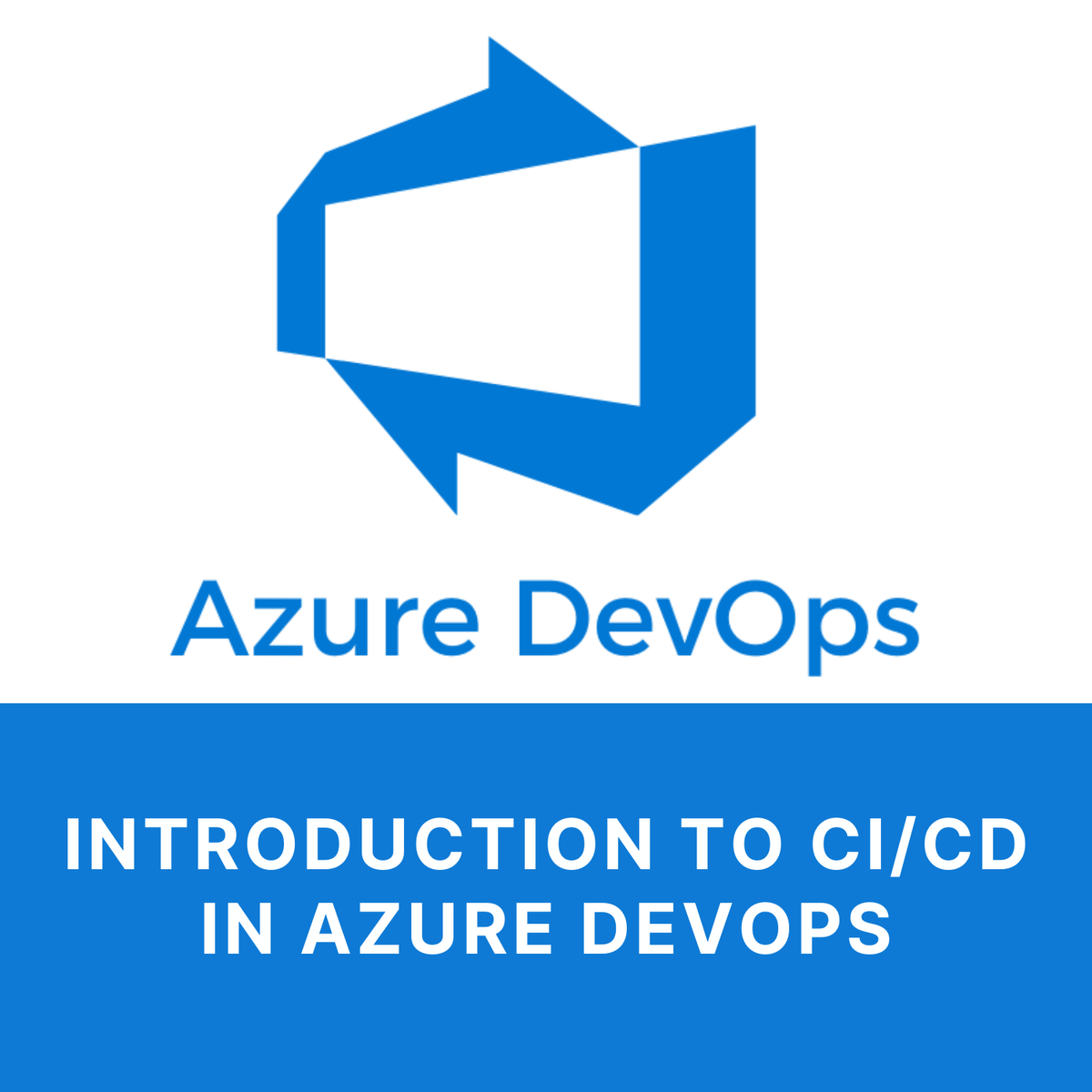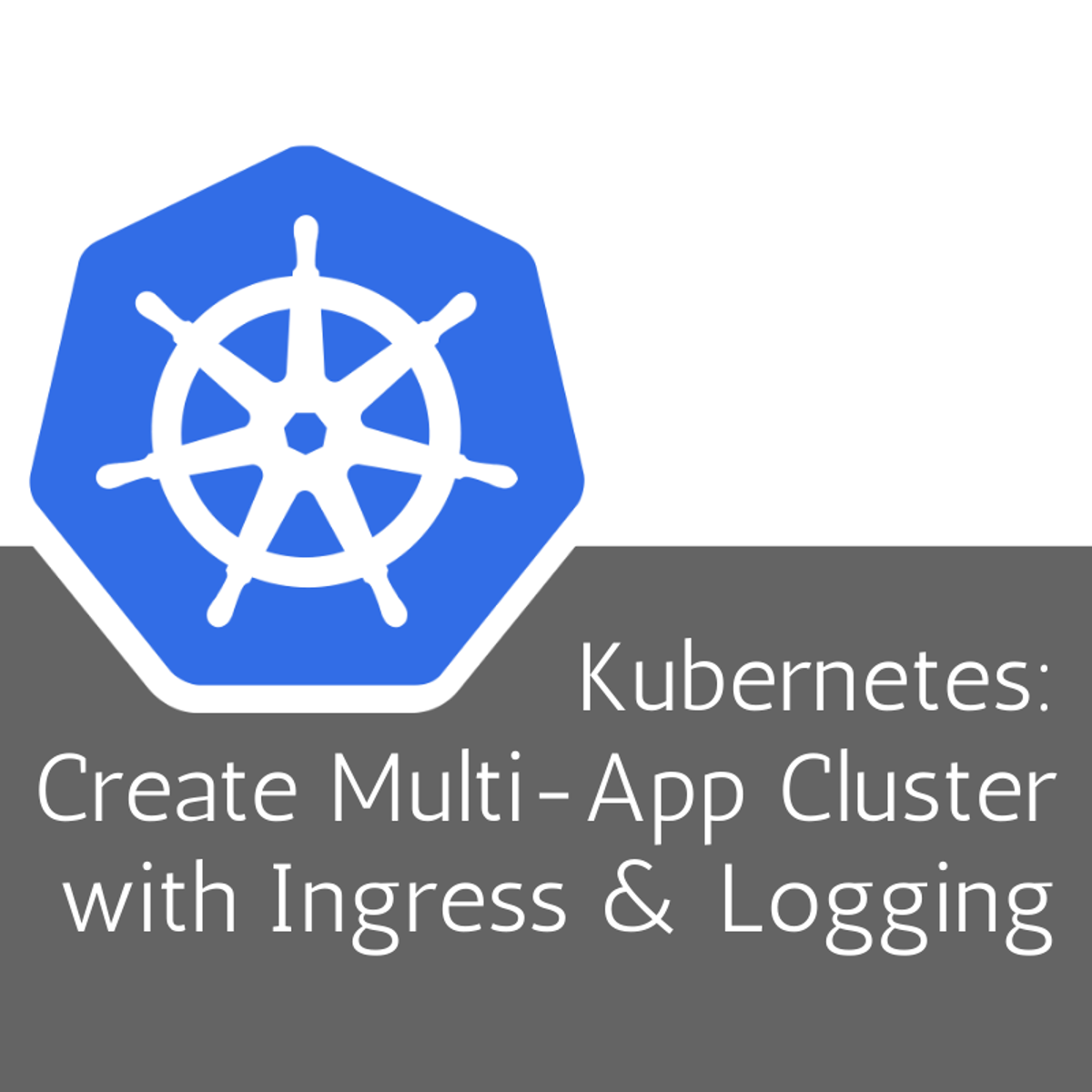Back to Courses









Support And Operations Courses - Page 12
Showing results 111-120 of 203
Hybrid Cloud Service Mesh with Anthos
This on-demand course equips students to understand and adopt Istio-based service-mesh with Anthos for centralized observability, traffic management, and service-level security.

Creating and Managing Teams Sites and Channels
The learner will have developed a basic but working instance of Microsoft Teams with a simple configuration of Teams sites and channels. The main focus of the course will be to explain and demonstrate how the sites and channels are used as a structure to plan, execute, monitor, and control work in an organization, using Teams tools: chat, conversation, document sharing, planning and executing online discussions and meetings, and controlling these events for maximum effectiveness. The learner’s template may then be further built-out and elaborated in an organizational environment into a production-ready instance of MS Teams for effective team-based collaboration and communication. Given the explosive growth and adoption of MS Teams globally, the course will equip the learner with both a valuable overall perspective on and understanding of the components and uses of the MS Teams with a focus on Teams sites and channels as the organizational shell within which actual work is planned and accomplished.

Manage Your Versions with Git (Part I)
This 1.5 hours project-based course is the first part of "Manage Your Versions with Git". In this course, you will learn about the ubiquitous Git version management system. Git is an industry standard that is used in virtually every major development platform and environment to manage code changes and versions. This class will deepen your understanding of how git works and the relevant terminologies.
No specific coding experience is required but basic software development experience would be highly beneficial.

Create User Directory and Files with Linux Commands
Practically everything on a Linux operating system is a directory or file. It is important to understand how the file system is structured and how to manipulate it from the command line. This allows for file management even when no GUI tools are present, which is common in a server environment. For example, in an organization it is important for new users to share a common directory and file setup to improve productivity. A system admin can add the new user and create the directory structure common to all other users in the system. The user can then customize their Linux experience by adding their own files and directories.
In this course, you will use Linux commands to create directories and files for a new user added to the system. The result will be a script to add a new user with a common directory structure.
Note: This course works best for learners who are based in the North America region. We’re currently working on providing the same experience in other regions.

Azure Devops: Introduction to CI/CD with Visual Studio
By the end of this course you will be able to create a DevOps Continuous Deployment (CD) pipeline completely using the Microsoft Azure DevOps platform. You will have an opportunity to use many of the Microsoft Azure DevOps tools, such as Azure Repos and Azure Pipelines, and Visual Studio Team Services for Desktop.

Logging, Monitoring and Observability in Google Cloud
Learn how to monitor, troubleshoot, and improve your infrastructure and application performance. Guided by the principles of Site Reliability Engineering (SRE), this course features a combination of lectures, demos, hands-on labs, and real-world case studies. In this course, you'll gain experience with full-stack monitoring, real-time log management and analysis, debugging code in production, and profiling CPU and memory usage.

Ingesting DICOM Data with the Healthcare API
This is a self-paced lab that takes place in the Google Cloud console. In this lab you will learn the basic functionality of Cloud Healthcare API using Digital Imaging and Commmuniations in Medicine (DICOM) data model.

Service Management with Linux
Service Management with Linux

Kubernetes: Create Multi-App Cluster with Ingress & Logging
Kubernetes: Create Multi-App Cluster with Ingress & Logging

How to create business cards using Adobe Photoshop
In this project, you will learn how to use Photoshop in Windows OS to create custom professional business cards. You will also learn how to work with fonts, including size and type, colors and the pen tool while designing your business card.
We will walk through each step from beginning to end together while learning the concept behind the various areas on the business card and what information to include on your business card.
By the end of the project, you will have a good understanding about layers, text fonts and sizes, working with colors. The special bonus is when you’ll use the pen tool to see how to easily add a shape and color to your business card to make it stand out from others. Photoshop is a good tool to use to make business cards for all levels of users, it’s easy enough to learn for a beginner and it has advanced features for more advanced users.
Popular Internships and Jobs by Categories
Browse
© 2024 BoostGrad | All rights reserved


